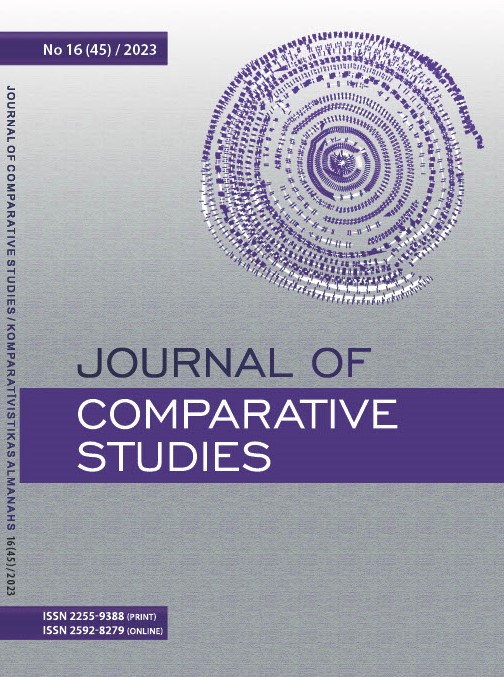On Pedagogic Uses of Literary Machine Translation: A Case Study Based on the Language Pair English – Italian
On Pedagogic Uses of Literary Machine Translation: A Case Study Based on the Language Pair English – Italian
Author(s): Paola BrusascoSubject(s): Language studies, Language and Literature Studies, Philology, Translation Studies, Pedagogy
Published by: Daugavpils Universitātes Akadēmiskais apgāds “Saule”
Keywords: literary translation; NMT; post-editing; translation pedagogy; situated cognition;
Summary/Abstract: Translation technologies and Neural Machine Translation (NMT) have not only changed the work of translators and the skills required for the profession, but also prompted the possibility of extending MT to the traditionally human precinct of literary translation (Toral and Way 2015; Toral and Way 2018; Kuzman et al. 2019; Hadley et al. 2022, among others). While for pragmatic texts the quality of NMT output is often adequate or requiring minor editing, the greater complexity, cultural specificity, and creativity of literary texts still require a relevant degree of human intervention. However, since recourse to NMT is growing, it is crucial to retain human centrality by teaching prospective translators not only postediting strategies, but also deeper reading and interpretive skills that will allow them to detect fluent yet wrong, incoherent or stylistically poor renderings of the source text. The current paper starts from a comparison of the existing Italian translations (published by Treves 1933 and Mondadori 1965) of the first chapter from Sinclair Lewis’ novel “Ann Vickers” (1933) with the same chapter translated using the online software DeepL. While the existing translations do not read too dated but inevitably contain expressions that would hardly be used today, and some mistakes, the machine-translated excerpt – despite some inadequate lexical choices and predictable shortcomings at pragmatic level – shows a remarkably fluent use of contemporary language, and a reduction of culture-specific errors that back in the 1930s and 1960s presumably derived from a limited knowledge of the Other. The aligned texts and output are analysed from a pedagogic perspective in order to 1) identify their strengths and weaknesses; 2) consider the possibility of using NMT as an aid in a retranslation/revising process that would keep most of the existing translations and only replace outdated or wrong parts; 3) promote a keener sensitivity to meaning and language use in order to avoid flattening linguistic complexity; 4) develop activities aimed at enhancing the students’ ability to read and recreate a text on the basis of their physical presence in the world, time and space, i.e. activate their situated cognition when producing or post-editing translations.
Journal: Komparatīvistikas almanahs
- Issue Year: 2023
- Issue No: 16(45)
- Page Range: 10-31
- Page Count: 22
- Language: English

